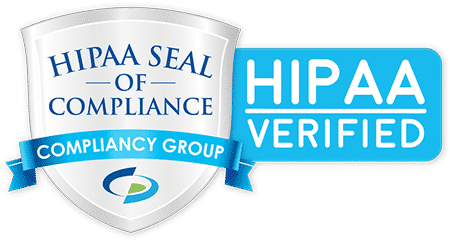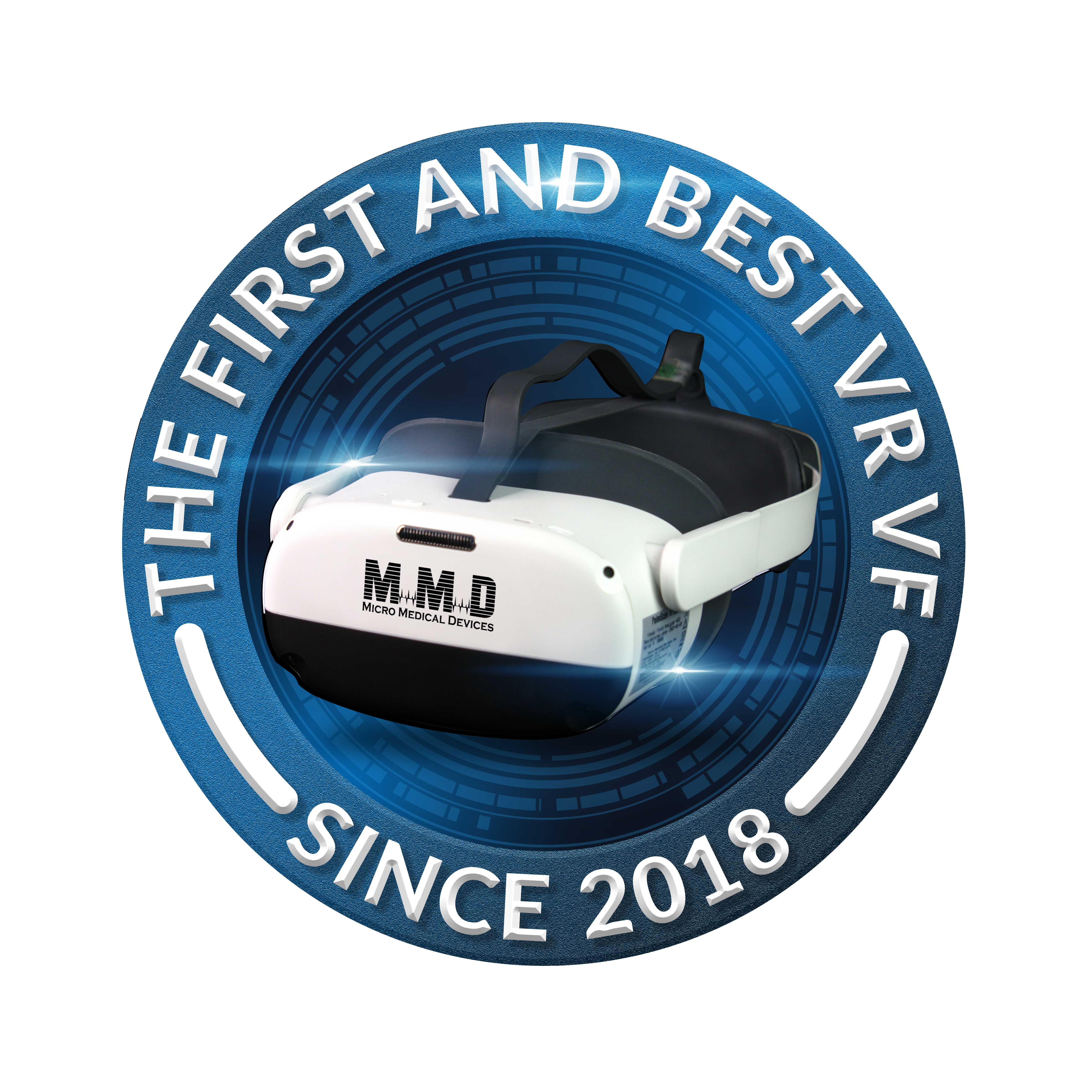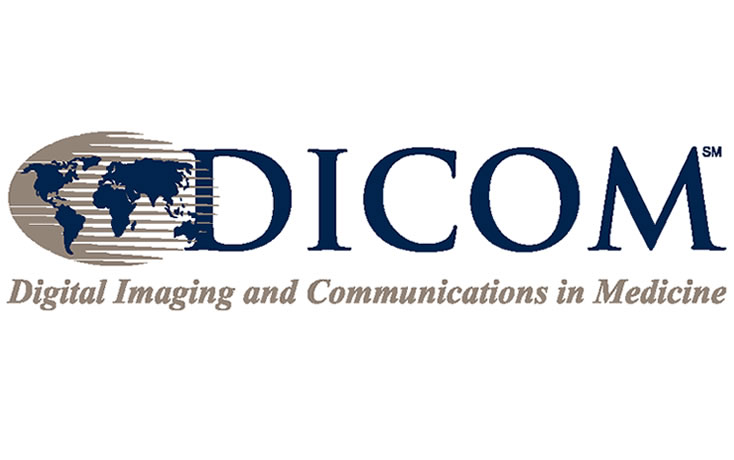Strabismus, or ocular misalignment, affects both children and adults and can lead to amblyopia, diplopia, and binocular dysfunction if undetected. Accurate screening and early diagnosis are vital to ensure effective treatment and prevent long-term visual impairment. In 2025, with advancements such as virtual reality visual field systems, biometry, and digital alignment analysis, achieving high-accuracy strabismus screenings has become more attainable than ever. This guide outlines the clinical best practices, technologies, and workflows that help eye care professionals elevate screening precision, enhance patient experience, and ensure documentation compliance.
1. Understanding the Importance of Accurate Strabismus Screening
Strabismus is not always easy to detect — especially in subtle cases like microtropia or intermittent deviations. Missed diagnoses can delay treatment and impact visual development, especially in pediatric patients.
Accurate screening:
- Identifies alignment issues early in life.
- Prevents amblyopia through timely intervention.
- Guides surgical planning and post-operative follow-up.
- Improves binocular function and patient quality of life.
By integrating functional testing tools like virtual perimetry, B-Scan, and biometry into screenings, clinicians can correlate alignment issues with underlying structural or neurological causes.
2. Step-by-Step Approach to Strabismus Screening
A structured, multi-step approach ensures consistency and diagnostic accuracy.
Step 1: Case History and Symptom Assessment
Begin by noting family history, systemic diseases, or developmental delays. Ask about:
- Double vision or eye strain
- Head tilts or abnormal gaze
- Eye drifting, especially under fatigue
Step 2: Visual Acuity and Refraction
Perform refraction and Keratometry to identify refractive causes of strabismic deviation (e.g., hyperopia leading to accommodative esotropia).
Step 3: Ocular Motility Evaluation
Use cover-uncover and alternate cover tests at both distances and near. Track ductions, versions, and saccadic movements carefully.
Step 4: Functional and Field Testing
Incorporate VR visual field or virtual reality perimetry tools to assess suppression zones, diplopia fields, and fixation behavior in a controlled, interactive environment.
Step 5: Structural Correlation
Use imaging tools such as:
- Biometry / A-Scan (Ascan): Assess axial length and anatomical asymmetries.
- B-Scan (Bscan): Evaluate extraocular muscle insertion, orbital structure, and posterior pathologies.
- Pachymetry / Pachymeter: Ensure accurate corneal thickness readings for refractive correlation.
- CXL (Corneal Crosslinking) or Corneal Cross-linking: Stabilizes corneal irregularities that might affect ocular alignment measurements.
Each of these tools strengthens diagnostic reliability and helps rule out mechanical or refractive contributions to the strabismus presentation.
3. Leveraging Virtual Reality Technology in Strabismus Detection
Modern vision virtual reality systems have transformed the way clinicians perform functional eye alignment testing. Virtual field and VR perimetry platforms can simulate binocular visual tasks, allowing practitioners to detect fixation disparity, suppression, and abnormal retinal correspondence with unprecedented precision.
Advantages of Virtual Reality Perimetry in Strabismus Care:
- Immersive Testing: Replicates real-life depth perception challenges.
- Accurate Eye Tracking: Detects micro-deviations invisible in conventional cover tests.
- Engaging for Children: The interactive nature of virtual perimetry increases compliance.
- Data Integration: Automatically syncs test results to EMR systems for documentation and progression analysis.
Incorporating virtual reality visual field tools not only enhances accuracy but also creates a positive testing experience — especially for pediatric patients who may struggle with traditional methods.
4. Integrating Objective Diagnostics for Precision
Combining subjective and objective testing provides the most reliable data.
Below are key tools that improve accuracy:
| Diagnostic Tool | Purpose in Strabismus Evaluation |
| Biometry / A-Scan (Ascan) | Measures ocular length differences that may affect alignment or focus. |
| B-Scan (Bscan) | Detects muscle anomalies, orbital masses, or retinal detachment. |
| Keratometer | Quantifies corneal curvature irregularities impacting fixation. |
| Pachymeter / Pachymetry | Monitors corneal thickness to ensure stable optical measurements. |
| CXL (Corneal Crosslinking) | Stabilizes the cornea in keratoconus or irregular astigmatism to improve binocular accuracy. |
By aligning functional results from virtual visual field testing with anatomical data, eye care providers can confidently differentiate true strabismus from pseudo-deviations or optical aberrations.
5. Pediatric vs. Adult Screening Considerations
- Pediatric Patients:
Early detection is critical. Children benefit most from virtual perimetry, which transforms testing into an engaging, game-like experience while collecting precise visual data. - Adults:
For post-surgical or neurological cases, VR visual field testing can help assess binocular recovery and measure improvement in fusion ranges.
💬 Pro Tip: Use vision virtual reality testing during post-CXL or refractive surgery follow-ups to ensure no binocular disruption has occurred.
6. Enhancing Accuracy Through Technology Integration
For high-accuracy outcomes, integrate virtual field testing with other advanced diagnostics and data management tools:
- Cloud-Based Data Tracking: Store and compare results longitudinally for consistent follow-up.
- AI-Assisted Analysis: Automated deviation detection for faster decision-making.
- EHR Integration: Seamless documentation for compliance and billing.
Cross-Functional Testing: Combine VR perimetry, biometry, and B-Scan for a multi-dimensional understanding of the patient’s visual system.
7. Documentation, Coding, and Compliance
Accurate documentation supports both medical integrity and insurance compliance.
When performing virtual reality perimetry or virtual visual field testing as part of strabismus evaluation, use appropriate CPT codes and ensure your notes include:
- Test indication (e.g., suspected or confirmed deviation)
- Eye alignment findings and test type
- Interpretation and management plan
When coupled with Pachymetry or Biometry for full ocular profiling, the documentation reflects comprehensive care — protecting both the patient and the practice.
8. Patient Education and Engagement
Explaining results visually enhances understanding and trust.
Show patients or parents their virtual visual field or VR perimetry test maps, highlighting suppression areas or fixation issues. This visual feedback motivates compliance with follow-up care and therapy.💡 During awareness events like National Eye Exam Month, promote virtual field screenings to highlight your practice’s advanced diagnostic capabilities.
9. The Future of Strabismus Screening
With the convergence of AI, vision, virtual reality, and real-time tracking, strabismus detection is becoming faster, more accurate, and more patient-friendly. Future systems will integrate:
- Predictive modeling for early intervention
- Tele-optometry compatibility for remote assessments
- Data-driven progression tracking linked to biometry and B-Scan results
The synergy between functional testing (virtual perimetry) and structural analysis (Pachymetry, Keratometry, and CXL) represents the next generation of precision in eye alignment care.
Conclusion
Achieving high-accuracy strabismus screenings requires a blend of clinical skill, structured protocols, and modern technology. By integrating virtual reality visual field systems, biometry, B-Scan, Pachymetry, and CXL into routine testing, practitioners can enhance diagnostic confidence, ensure earlier intervention, and provide data-backed care. Incorporating virtual perimetry into your workflow not only improves accuracy — it also elevates patient experience, strengthens documentation, and positions your practice at the forefront of 21st-century eye care.







